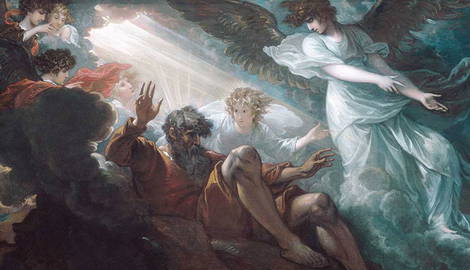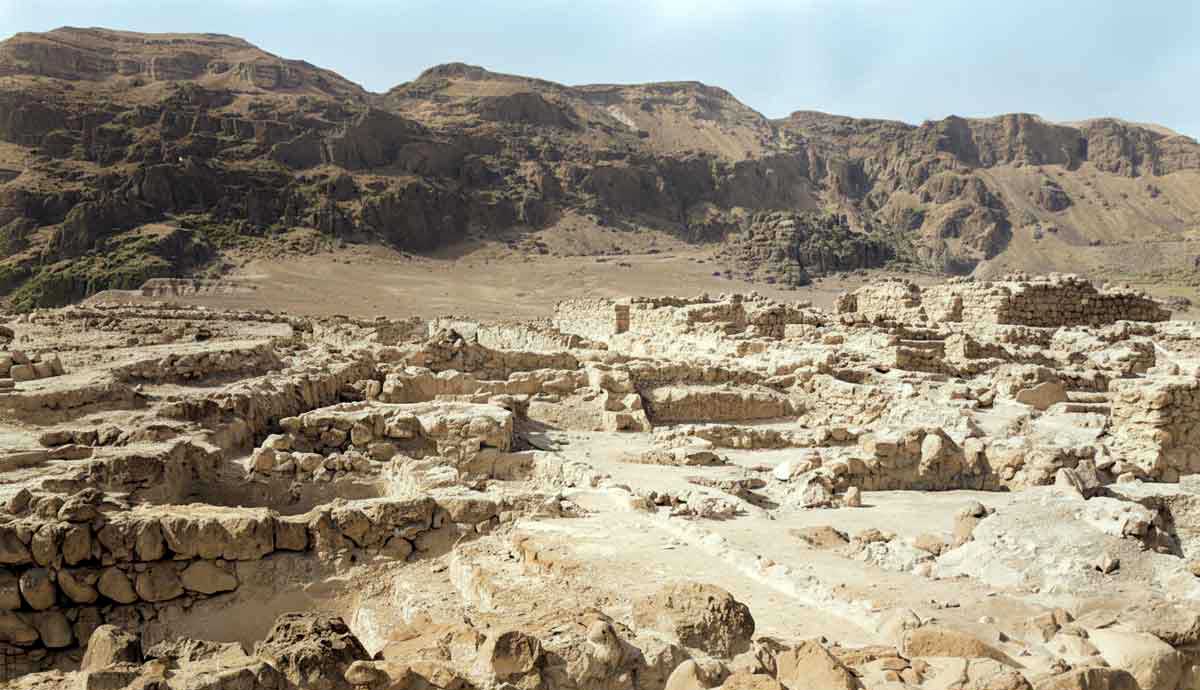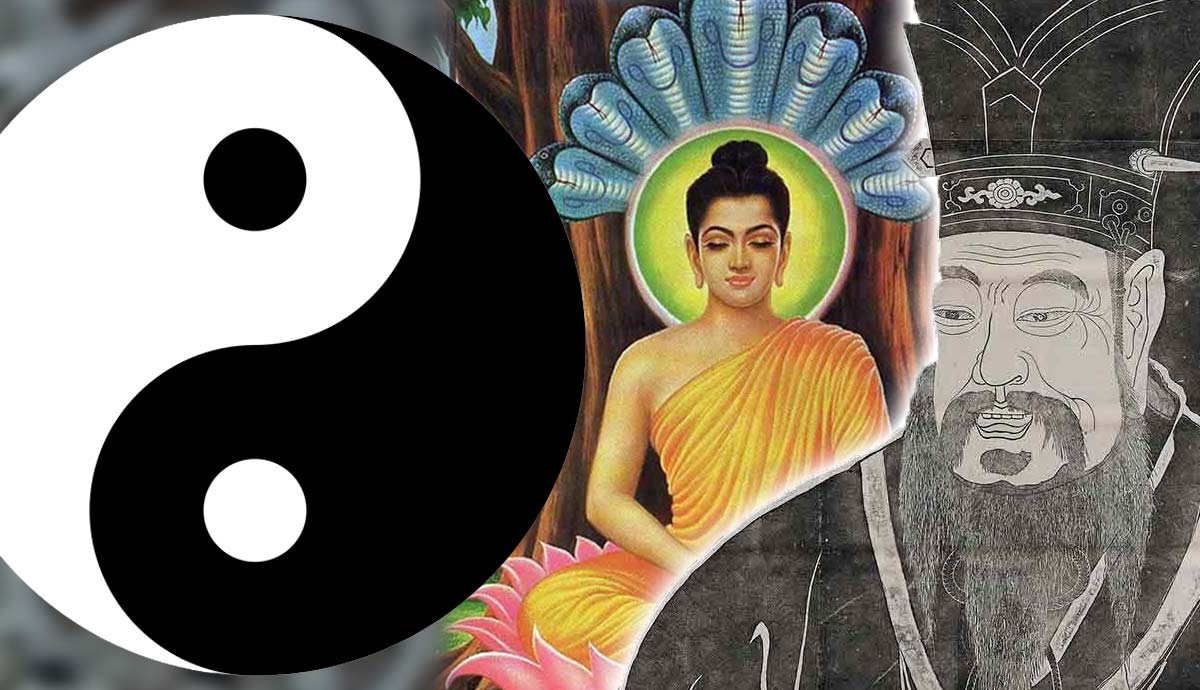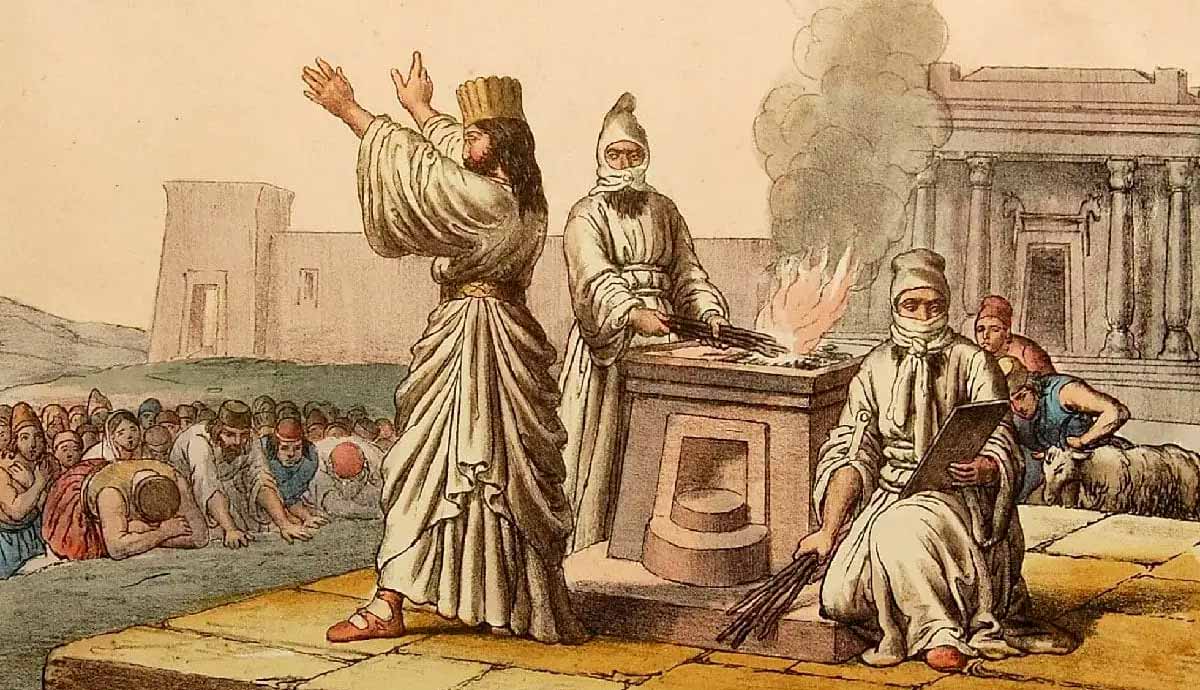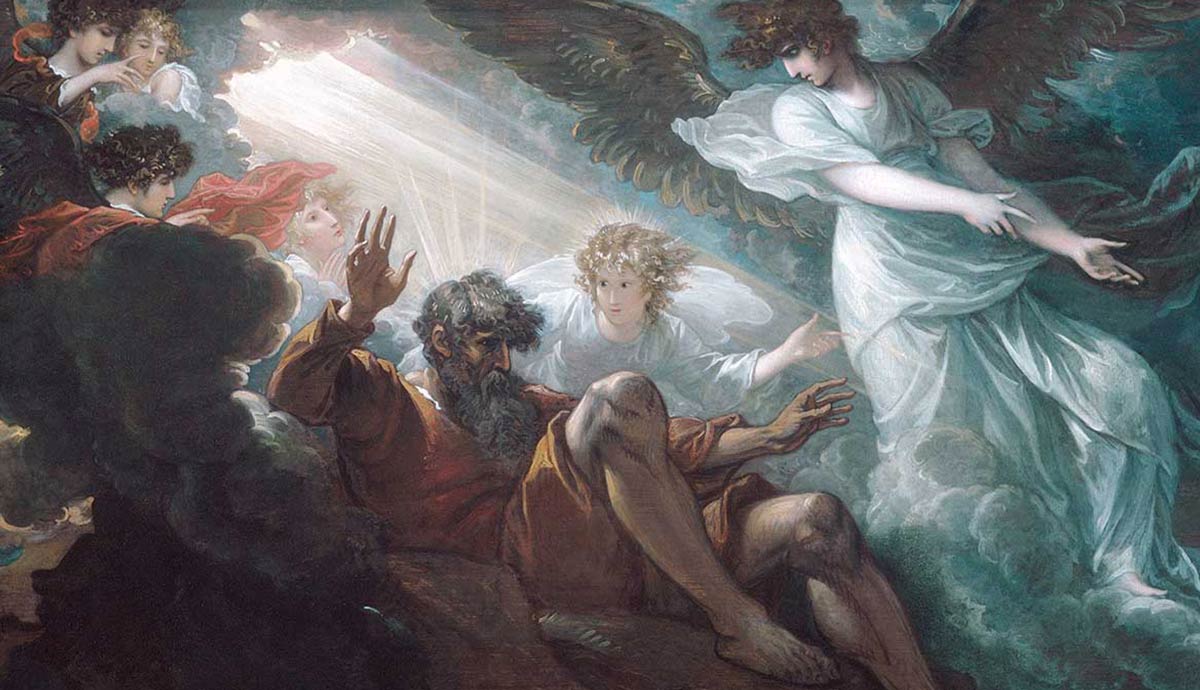
For many centuries, people have been referring to the geographical area of Israel as the Holy Land. In the Bible, God at times declared a local area as holy, but some remained so, while others were soon forgotten and lost track of. Some sacred places could be moved, while others were immovable. The difference between these places is governed by simple principles that, once understood, often show an interconnectedness and deeper significance that binds the past and the future, or commemorates the presence of God. Let us look at the why and what of sacred geography.
What Made Biblical Locations Sacred?

Holy means “dedicated or consecrated to God or a religious purpose; sacred.” Some places were sacred because God was present there, and his presence required an appropriate response to that holiness. In some cases, the sacred space moved, while in others, the space was no longer holy because God was no longer there.
When Moses went to investigate the burning bush, God spoke from the bush, saying, “Do not come near; take your sandals off your feet, for the place on which you are standing is holy ground.” It was not the ground itself that was holy; it was the presence of God at that moment that made it holy. It was customary to remove shoes as a sign of acknowledgment that the space was sacred.
The exact location where this event occurred is unclear. In the 6th century CE, by order of Emperor Justinian I, builders constructed the St Catherine’s Chapel on Jebel Musa, believed to be Mount Sinai, where Moses encountered God in the burning bush. Scholars have suggested other locations, such as Jebel al-Lawz in northwestern Saudi Arabia, mountains in the Negev Desert, or southern Jordan. The biblical description does not provide a definitive location that identifies the site, and the place was not marked to preserve the location.
The Tabernacle, where the Israelites worshiped before they completed the Temple in Jerusalem, was also a holy place. The Tabernacle was regularly pitched in different locations during the sojourn of the Israelites through the desert. None of the specific spots where they pitched the Tabernacle remained holy. Again, it was the presence of God and the sacred articles it contained that made wherever the Tabernacle was pitched holy. Once the permanent structure replaced the tent, the Temple Mount, a focal point of the city of Jerusalem, became a fixed sacred location to Jews and, later, to many Christians.
Sacred Locations
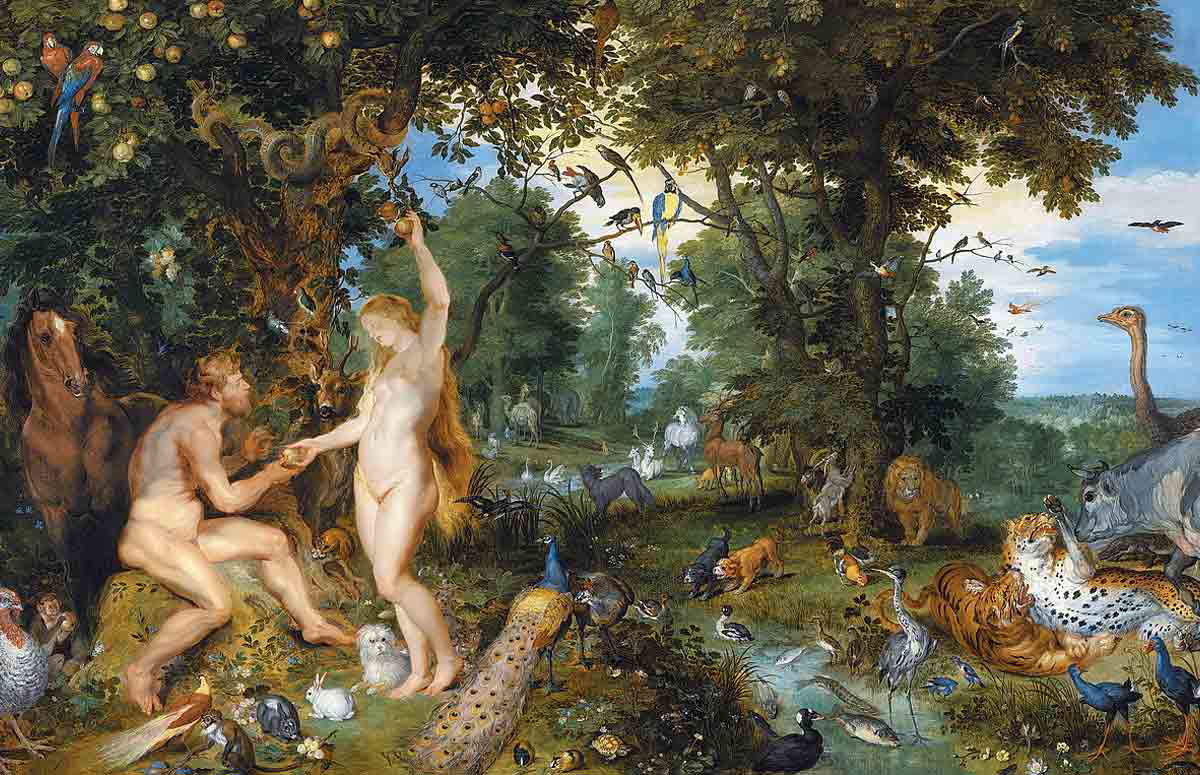
Christianity and Judaism share much history. Their difference in views on the Messiah and Jesus as the fulfillment of the promised Christ results in some places being less sacred, though not insignificant, to one group than to the other.
- The Garden of Eden
The garden to the east of Eden is the first sacred geographical area identified in scripture. Many scholars regard it as a mythical place, while others believe it to be an actual geographical location. The description of the rivers that ran from it and the areas associated with it suggests that the author considered it a literal place or at least portrayed it as such. It even mentions the quality of its precious metals.
The tree of life and the tree of knowledge of good and evil were in the middle of the garden. Interpretations of these plants range from literal to symbolic depending on the reader’s understanding of Genesis 1-11 as history or myth. Whichever approach the reader takes, the narrative highlights that cherubim protected the entrance to the real estate, preventing Adam and Eve from entering again. It rendered it holy by definition (Genesis 3:24).
- Jerusalem
Jerusalem was the location of the First and Second Temples. Partly due to the Temple in Jerusalem, Jews considered the whole city holy (Nehemiah 1:1, 18; Isaiah 48:3, 52:2; Daniel 9:24; Matthew 4:5, 27:53; Revelation 11:2). Even when Jerusalem lay in ruins during the Babylonian Exile, the Jews regarded the city as holy. After the Romans destroyed the Second Temple in 70 CE, Jews still considered the Temple Mount a sacred place within Jerusalem. Today, the only part of the Second Temple that remains is the Wailing Wall. Jews gather there to pray daily, and the site is a sacred space to them.
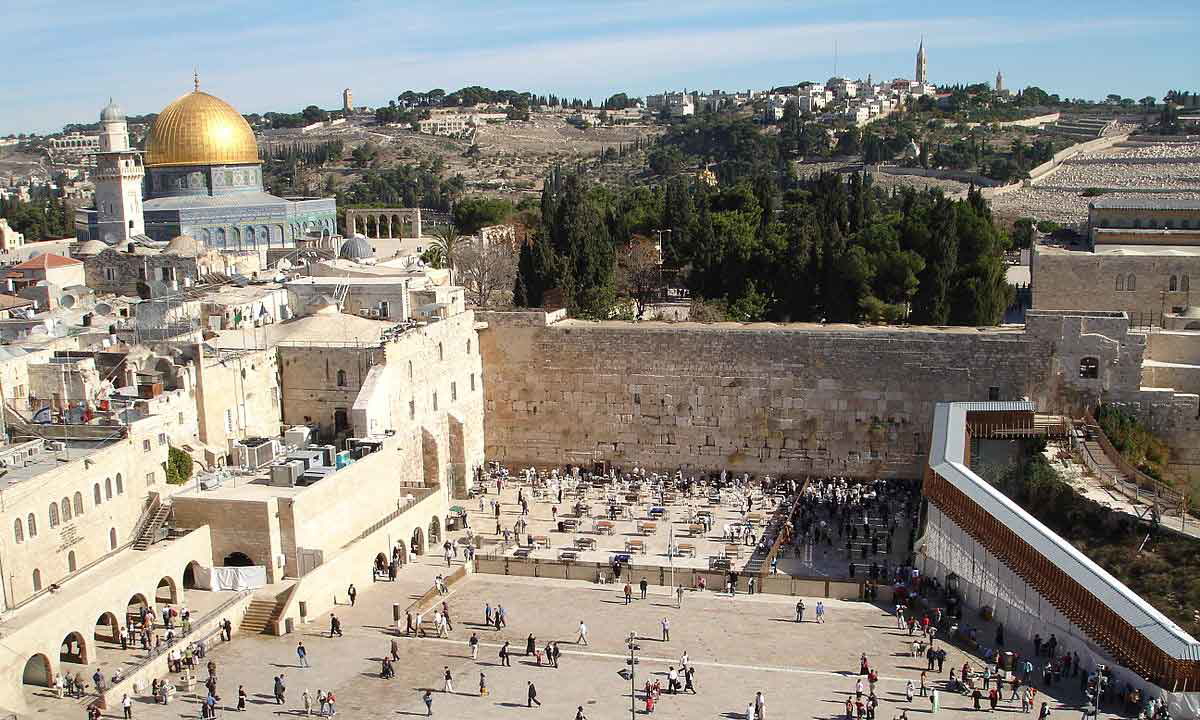
Jerusalem and its surroundings have many places that are sacred to Christians but not to Jews. These include the Mount of Olives, where Jesus prayed with his disciples in Gethsemane before his capture; the Via Dolorosa, supposedly the route Jesus took from where Pontius Pilate condemned him to Golgotha, where soldiers crucified him; and the Church of the Holy Sepulcher, where the tomb of Jesus was. To Christians, these places are sacred because of their connection to Jesus.
- The Holy Land
The references to Israel as the Holy Land indicate that God set aside the geographical area for his people. Considering the history of Israel from the Exodus to the end of Joshua, God intended the land as the area where his people would settle. They had to drive the heathen nations from their territory, but they omitted to do so and practiced many unholy abominations for generations as a result.
Other areas in Israel are significant to Christians because Jesus ministered there or had some special connection to those places. Among these are Bethlehem, where Jesus was born, Nazareth, where the angel Gabriel met with Mary and where Jesus grew up, and the area around the Sea of Galilee, where Jesus ministered and performed several miracles.
In Christianity, not all sacred places have a direct connection to the presence of God as they did in Biblical times. Christians often regard spaces as holy due to their historical significance or because they are designated places of worship. They refer to churches as sanctuaries, which borrows from the terminology associated with the Tabernacle and Temple. They do this because they experience churches as places where they meet with God, much like the Israelites did with the Tabernacle and Temple.

The sacred geography of ancient Israel reflects increasing levels of holiness as it focuses on smaller geographical locations. First is the land of Israel, then Jerusalem, the Holy City, then the Temple. The Temple itself had these three-layered levels: the outer court, the holy place, and the most holy place. Reaching the most holy of these locations required moving through the outer layers in sequence.
- The Capital of Christianity
To Roman Catholics, the Vatican is the capital of global Christianity. It is the headquarters of the Mother Church and the home of the Pope. They consider the 44 Hectares of Vatican City and Saint Peter’s Cathedral as its focal point, as sacred geography. Millions of tourists, Catholics, Protestants, and secular people alike, visit the Vatican annually. When the College of Cardinals elects a new pope, the Vatican and surrounding areas flood with pilgrims. They want to share in the experience and anticipation of the selection of a new pope in the Catholic holy city.
Symbolic Significance of Sacred Locations

Many scholars have recognized the symbolic significance of the sacred geography of the Bible. The most holy place held the Ark of the Covenant. On the ark was the mercy seat, a representation of God’s throne. Eden correlates with paradise, where the tree of life is, according to Revelation 2:7. Water that flows from the throne of God feeds the tree of life (Revelation 22:1-2). The literal Jerusalem resembles the new Jerusalem by having a Temple in it, where God resides among his people (Revelation 3:12, 21:2). The throne of God is in the new Jerusalem, and he desires to reside among his people as he had with Adam and Eve in Eden (Revelation 21:1-5).
Theologians often see a parallel between the Exodus from Egypt and the journey through the desert to the Promised Land, and the Christian life. The journey starts when God’s people leave sin (Egypt) behind and travel through the struggles of life (the desert) to reach Heaven (the Promised Land). If such a parallel is valid, it fits the previous symbols perfectly. The Promised Land resembles Heaven. The capital of the Promised Land is Jerusalem, where the monarch resided, a symbol of the heavenly new Jerusalem, where the King resides. Inside the new Jerusalem is the tree of life, which grows by the throne of God.
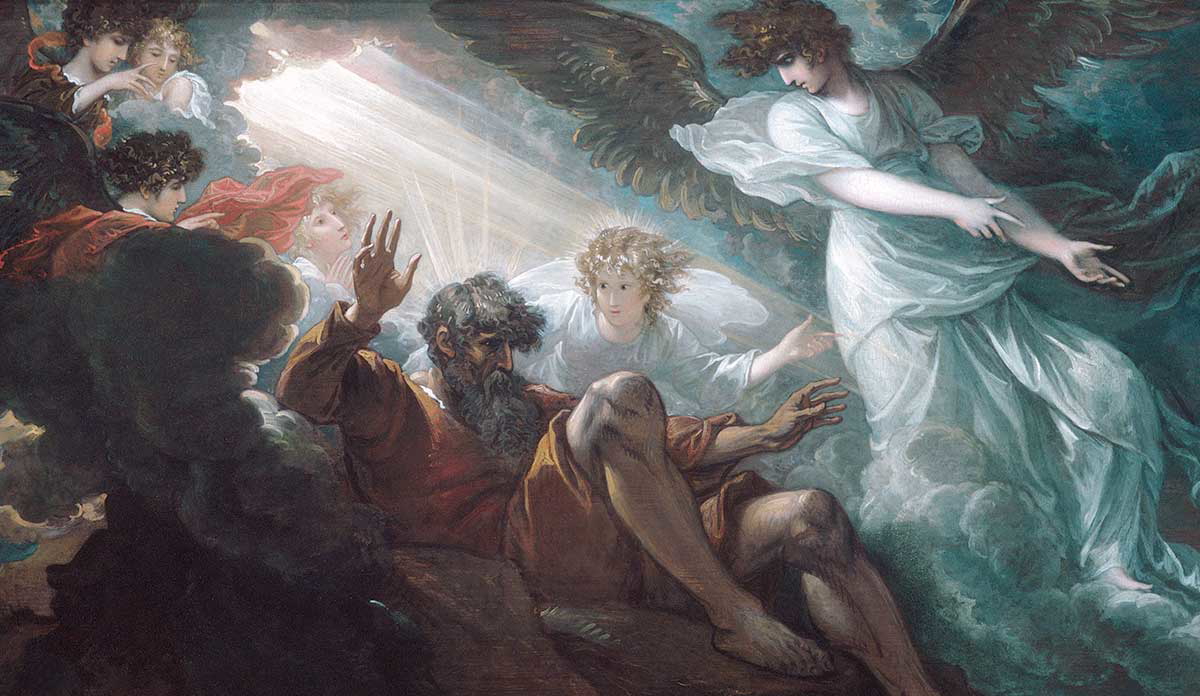
Those who have been forgiven and cleansed by the blood of the lamb, a symbol of Christ, have the privilege of access to the new Jerusalem and the life it offers because God resides there. “Blessed are those who wash their robes, so that they may have the right to the tree of life and that they may enter the city by the gates” (Revelation 22:14).
There is much more to the sacred geography of the Bible than meets the eye. What may seem like mythological places to some holds great significance for believers who understand the symbols they represent.
